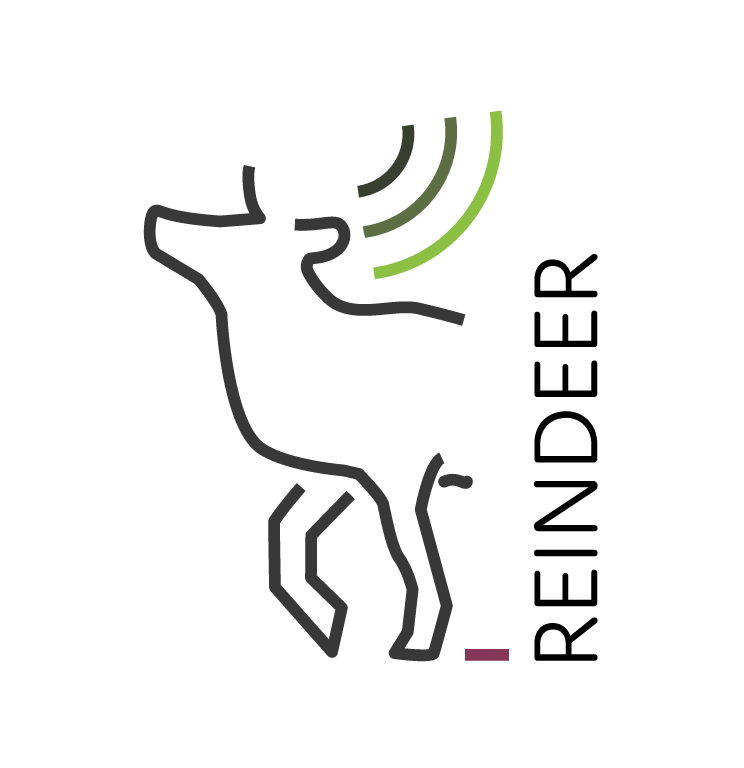Harsh industrial environments are known to have challenging radio propagation characteristics, where strong multipath propagation and obstructed line-of-sight (LoS) conditions impair the radio channel. Distributed MIMO (D-MIMO) is a technology that promises to overcome these challenges by spreading antennas throughout the coverage area, hoping that at least a few antennas experience favorable channel conditions. However, obtaining a reliable phase-calibration in D-MIMO is challenging, which is necessary for phase-coherent processing at the infrastructure.
Delay-Doppler processing is a method that does not rely on a phase-calibrated infrastructure. In our recent paper [1], we use 12 distributed single-antenna anchors to acquire channel state information from a robot moving through an industrial hallway. We fuse the data from these distributed anchors at the infrastructure, with the expectation that at least some anchors will maintain LoS conditions with the agent. We perform approximate Bayesian filtering using a particle filter to track the agent as it moves along its trajectory. Despite a limited bandwidth of only 35 MHz, we achieved near centimeter-level accuracy with our real-world measured data from [2].
